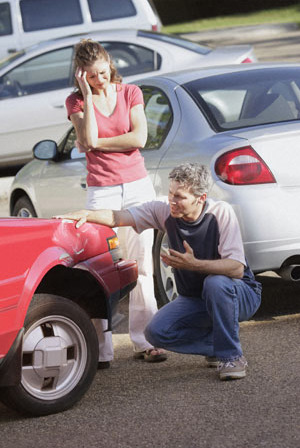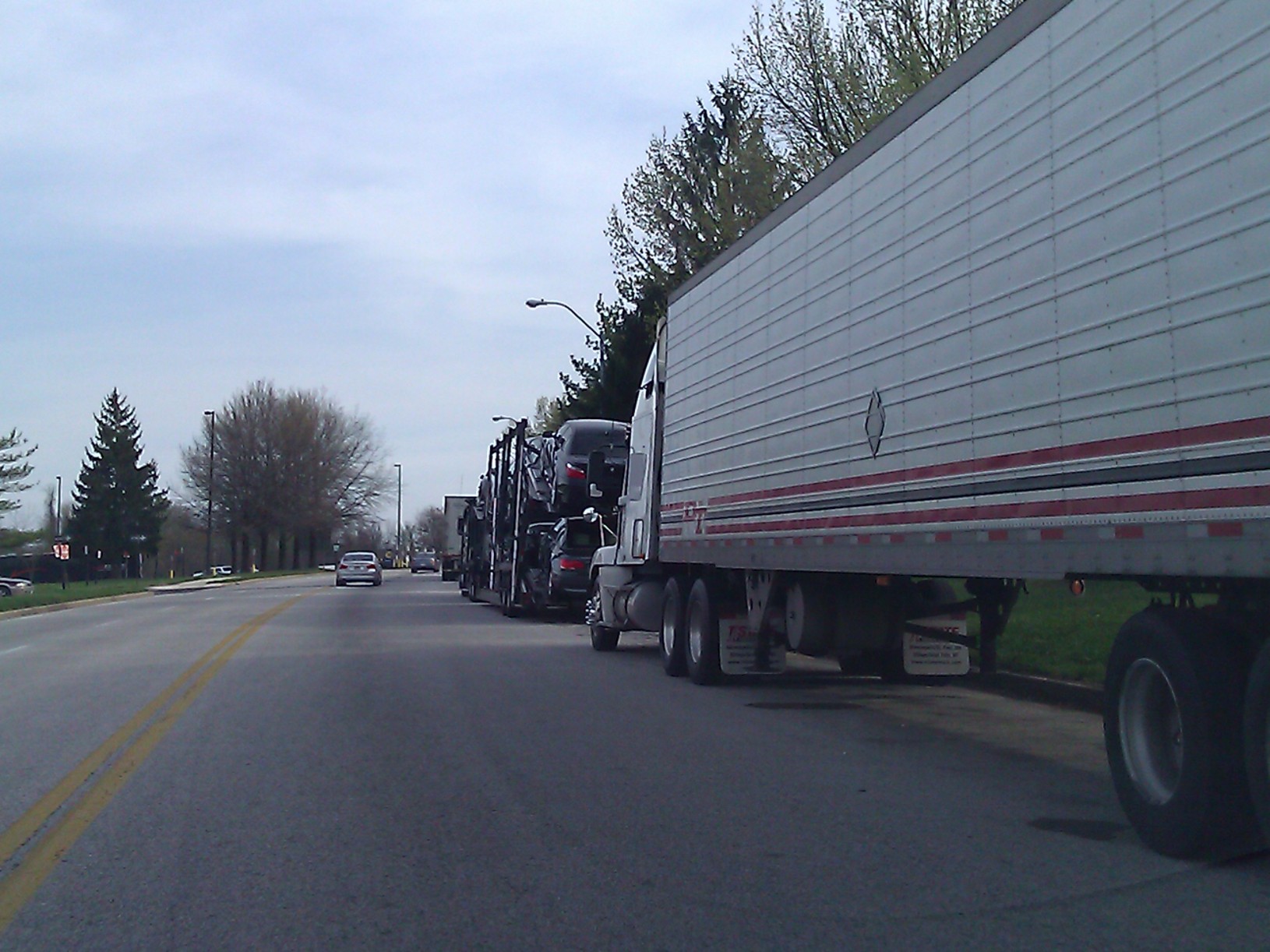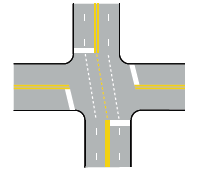Value of Your Maryland Automobile Accident Case: Negligence and Liability
 Two major factors in deciding the value of any automobile accident case are liability and damages. Damages, which we’ll discuss in a later post, include things like medical bills, lost wages, pain, suffering and incapacity.
Two major factors in deciding the value of any automobile accident case are liability and damages. Damages, which we’ll discuss in a later post, include things like medical bills, lost wages, pain, suffering and incapacity.
Liability is used (often incorrectly) by lawyers to refer to negligence. In some cases, lawyers might tell the judge or jury that they have conceded liability, which is taken to mean that the defendant admits to being negligent. Technically, if a driver is liable, he was negligent, and his negligence caused damages. However, in some cases, a driver may admit negligence, but argue that his negligence did not cause damages.
So, though lawyers sometimes use the terms liability and negligence interchangeably, we’ll use the correct term “negligence.” Negligence is simply a fancy way to describe fault. A negligent driver is one who caused the accident–it’s as simple as that.
 Maryland Car Accident Lawyer Blog
Maryland Car Accident Lawyer Blog


 Often when an auto accident involves a business vehicle, there are two specific types of claim that should be alleged against the business–the first is that the business is liable simply by virtue of employing the negligent driver; the second is that the business is liable because it did something incorrectly.
Often when an auto accident involves a business vehicle, there are two specific types of claim that should be alleged against the business–the first is that the business is liable simply by virtue of employing the negligent driver; the second is that the business is liable because it did something incorrectly.  Maryland automobile injury lawsuits come in three types:
Maryland automobile injury lawsuits come in three types: